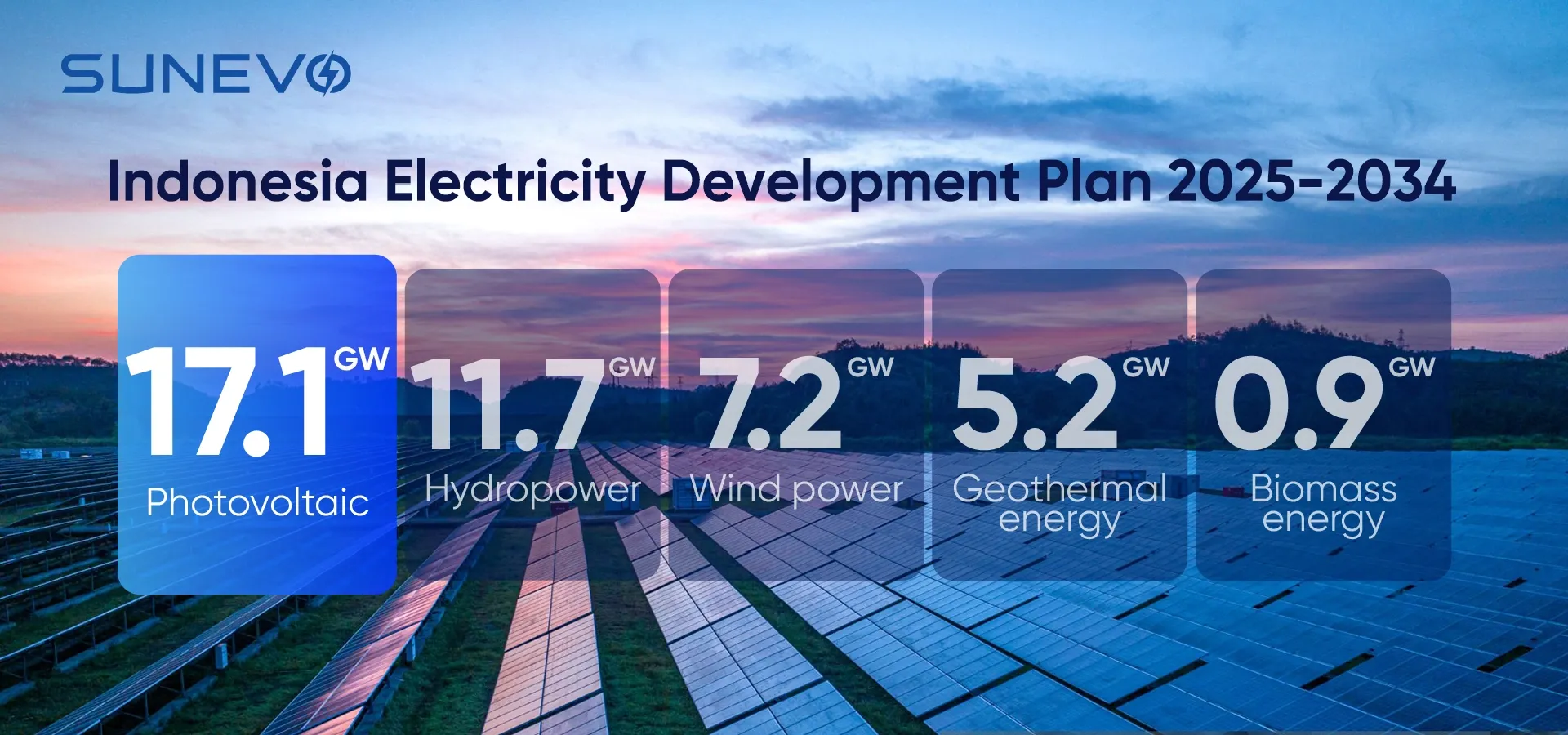 Indonesia Electricity Development Plan 2025-2034
Indonesia Electricity Development Plan 2025-2034
Jun 10, 2025
Indonesia's 2025-2034 Power Development Plan: At least 17GW of photovoltaic capacity will be added in the next 10 years The Indonesian government recently officially passed the "2025-2034 Power Supply Business Plan" (RUPTL), which clearly stated that it will add 69.5GW of power generation capacity in the next ten years, of which 42.6GW will come from renewable energy, including 17.1GW of photovoltaic power generation capacity. According to data from the International Renewable Energy Agency (IRENA), by the end of 2024, Indonesia's total installed capacity of renewable energy in operation was 14.3GW, of which photovoltaics accounted for only 815MW. Advance in stages, still relying on fossil energy in the early stage Indonesian Minister of Energy and Mineral Resources Bahlil Lahadalia said at a press conference that the plan was formulated by the state-owned power company PTPLN and will be implemented in two stages: 2025-2029: 9.2GW of new natural gas power generation, 12.2GW of new renewable energy installed capacity (EnergiBaruTerbarukan, including new energy such as photovoltaic, wind power, nuclear power, hydropower, biomass energy, etc.), 3GW of energy storage (including batteries and pumped storage), 3.5GW of coal-fired power plants; 2030-2034: Mainly deploy renewable energy, including 17.1GW photovoltaic, 7.2GW wind power, 5.2GW geothermal, 11.7GW hydropower, 900MW biomass, and 2 small nuclear power units of 250MW each. Lahadalia reiterated Indonesia's commitment to the Paris Agreement and said it would strive to achieve the net zero emission target by 2060. The investment scale is 185.5 billion US dollars, and IPP will dominate nearly 70% According to the plan, power projects in the next ten years will drive a total investment of about 296.74 trillion rupiah (about 185.5 billion US dollars), of which about 73% will be invested and constructed by independent power producers (IPPs), and the rest will be responsible for the PTPLN Group. To support the new installed capacity, Indonesia will also build nearly 48,000 kilometers of transmission lines and 108,000MVA substation capacity grid facilities. The new plan's energy transformation speed is slower than previously promised, which has aroused external doubts International law firm A&O Shearman pointed out that achieving the 17.1GW photovoltaic target will face large-scale land demand (ground power stations usually require 1MW to 1 hectare of land). Floating photovoltaic projects are also part of the plan. The country has up to 20% of its water resources with the potential to install photovoltaic power stations. However, the plan has also aroused external doubts. The Jakarta Post pointed out in an editorial that RUPTL2025-2034 "may become a 'missed opportunity' for Indonesia's sustainable development", saying that the plan focuses on fossil energy in the early stage and promotes renewable energy proje...
View More
 Over $50 Billion in Back Tariffs May Be Paid! Biden's Southeast Asian Solar Tariff Suspension Order Decisioned "Illegal"
Over $50 Billion in Back Tariffs May Be Paid! Biden's Southeast Asian Solar Tariff Suspension Order Decisioned "Illegal"
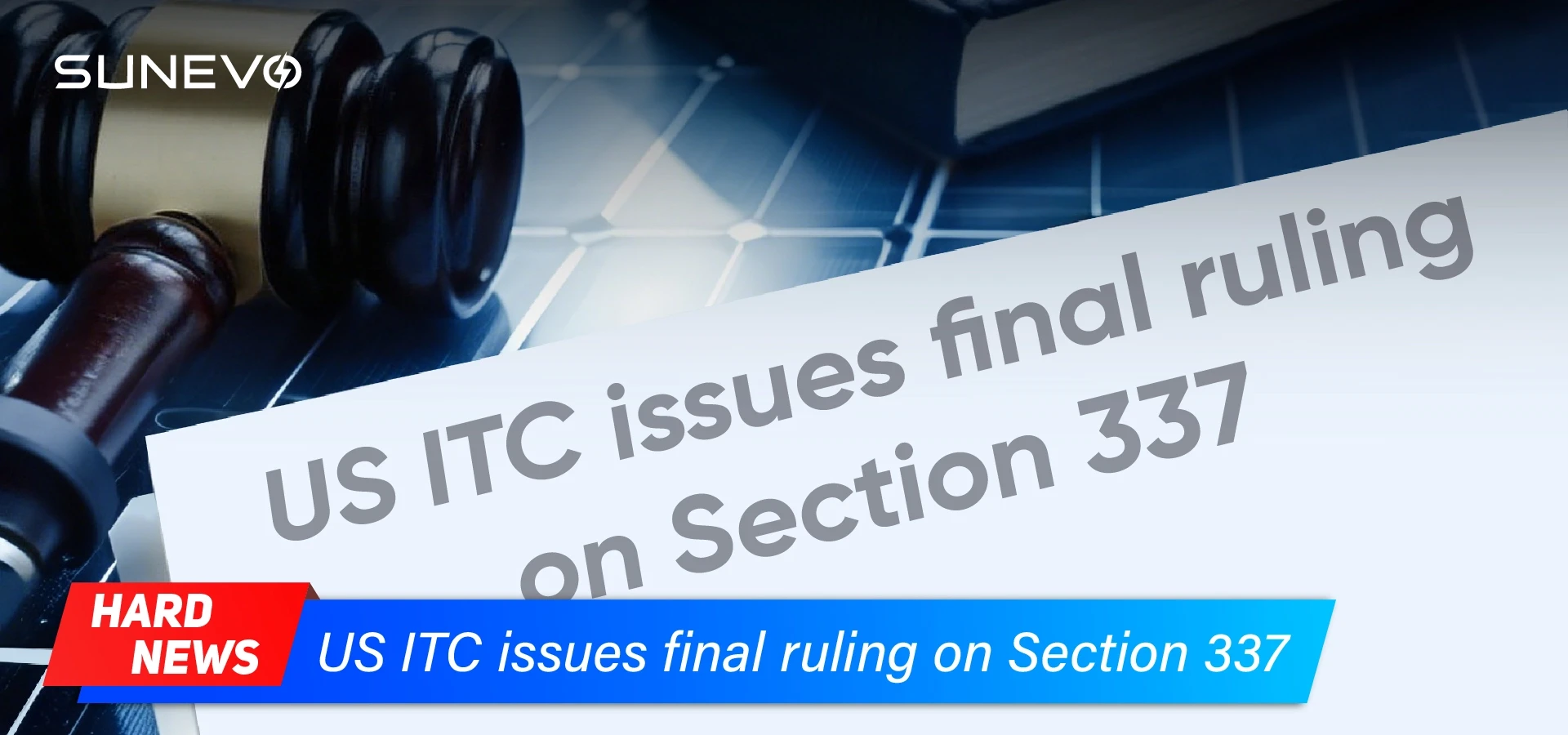 US ITC issues final ruling on Section 337
US ITC issues final ruling on Section 337
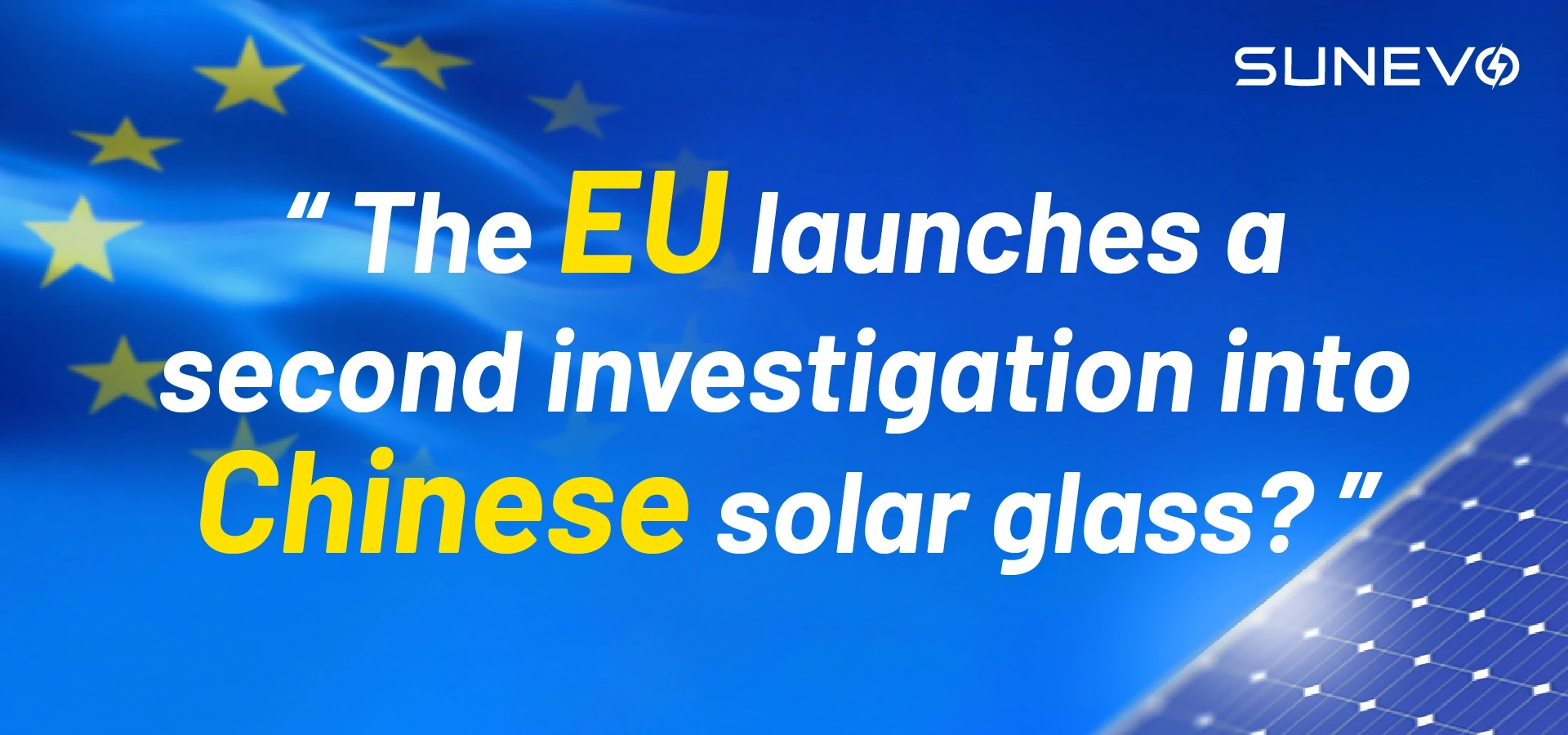 The EU launches a second investigation into Chinese solar glass?
The EU launches a second investigation into Chinese solar glass?
 Will Romania face power cuts if it doesn’t install energy storage?
Will Romania face power cuts if it doesn’t install energy storage?
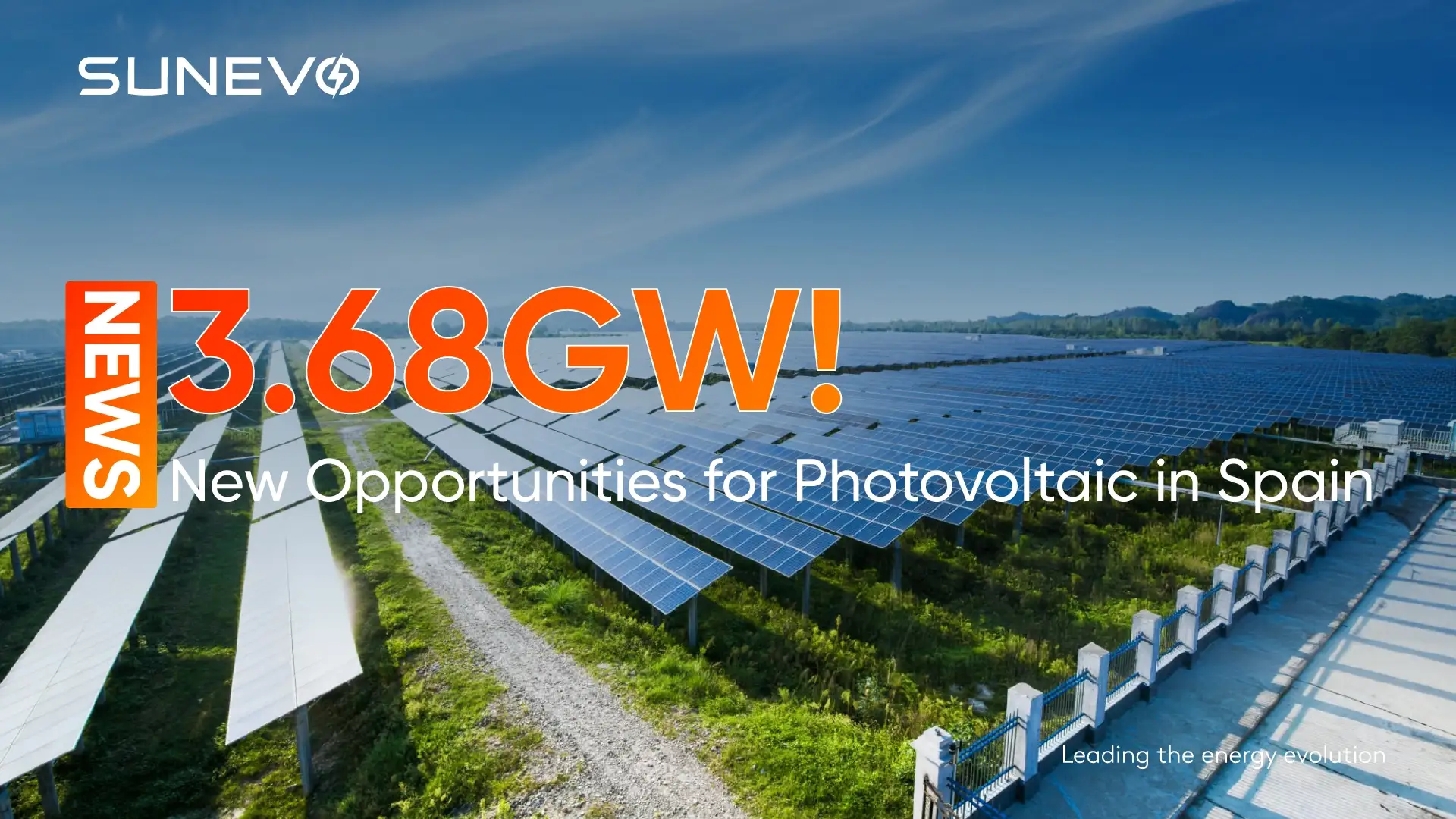 3.68GW! Spain opens access applications, photovoltaics welcome new opportunities
3.68GW! Spain opens access applications, photovoltaics welcome new opportunities
 Balcony photovoltaics are popular, where are the opportunities in the Chinese market?
Balcony photovoltaics are popular, where are the opportunities in the Chinese market?
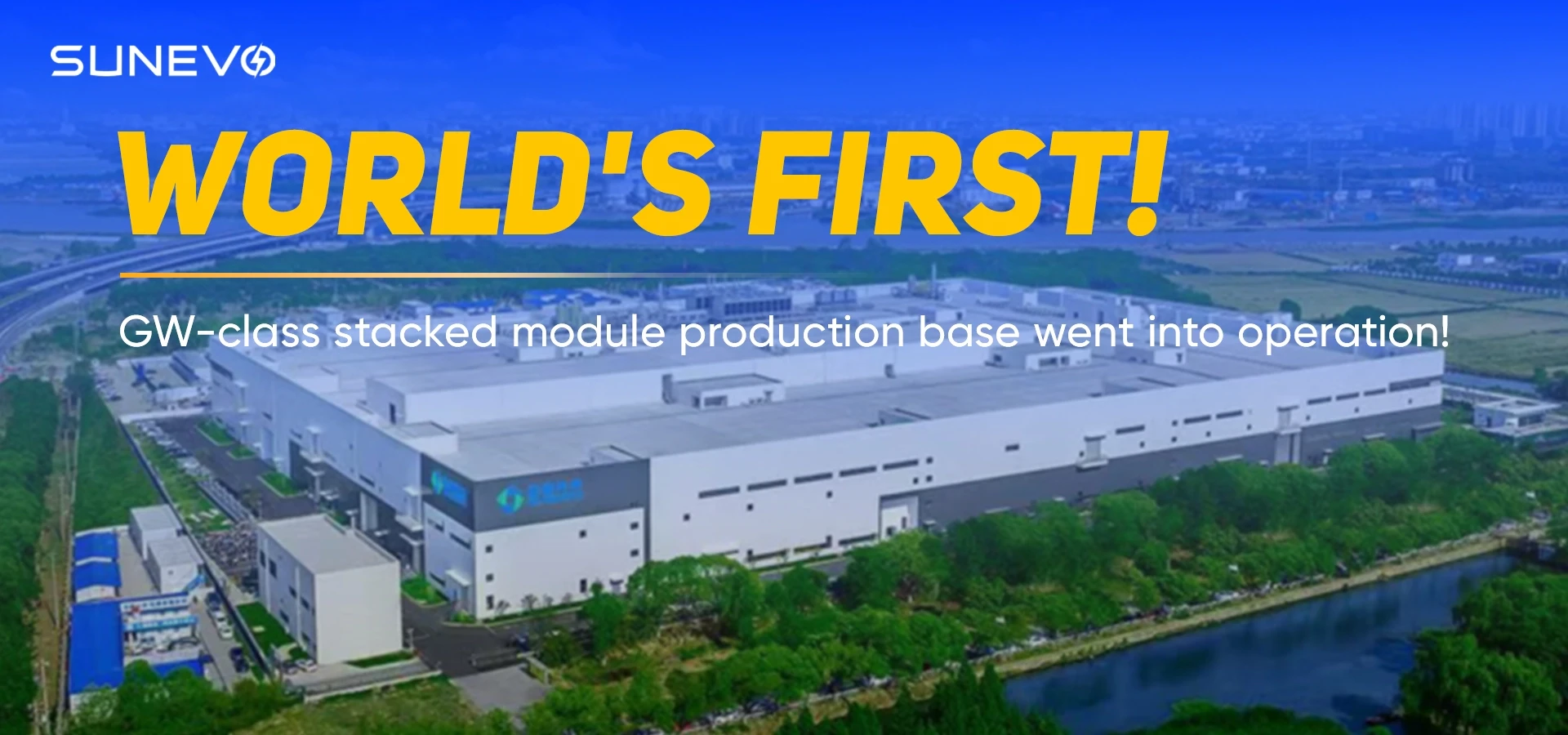 The world's first GW-class stacked module production base went into operation!
The world's first GW-class stacked module production base went into operation!
 Iran attacks US military bases in Iraq and Qatar, launching devastating missiles!
Iran attacks US military bases in Iraq and Qatar, launching devastating missiles!
 Indonesia Electricity Development Plan 2025-2034
Indonesia Electricity Development Plan 2025-2034
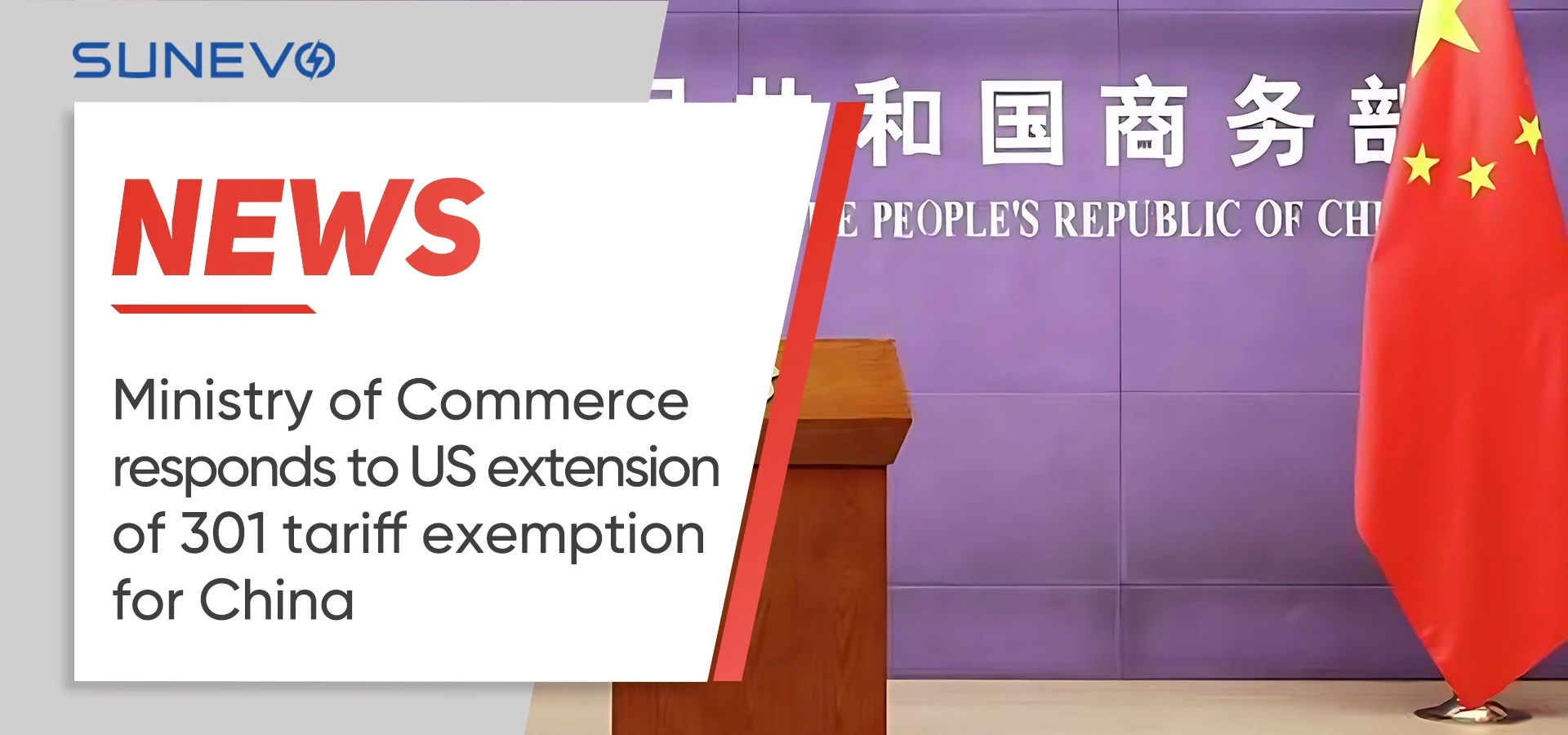 Ministry of Commerce responds to US extension of 301 tariff exemption for China
Ministry of Commerce responds to US extension of 301 tariff exemption for China